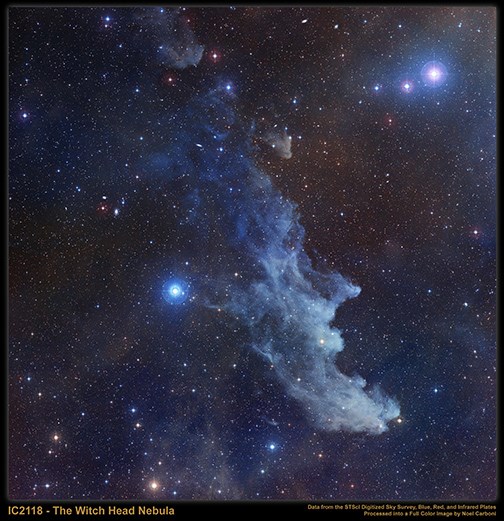
Kristina Bergen | special to the 51����
As all you little ghosts and ghoulies get ready to haunt the streets of Jasper Dark Sky Preserve this Halloween, let’s give a nod to the origins of the holiday.
The ancient Celts observed the transition from the light part of the year to the dark with a festival in late October called Samhain.
This festival marked the final harvest of the year and the beginning of winter.
Samhain fell on a seasonal seam, when the border between the physical world and the supernatural world of the heavens would break open, allowing the dead to walk among the living, either blessing their lives or causing mischief and damage.
Believing that the souls of the dead would return and needed to be appeased, places were set at the dinner table and by the fire to welcome them.
Offerings of food and drink or portions of a crop were left outside as gifts.
People would wear disguises to try to hide themselves from the dead.
Apples were buried along roadsides to provide sustenance for spirits without living relatives, and people would go door to door asking for contributions of food from their neighbours.
They also carved scary faces onto large vegetables placed in windows or on the front porch to protect their homes from evil spirits.
An encounter with the spirits on Samhain night could result in a brush with monsters, witches, or demons on the ground and in the skies above.
Here’s a look at some of the spooky things in the air this Halloween.
“Double, double toil and trouble;
Fire burn and cauldron bubble...”
The Witch Head nebula is almost 900 light years from Earth and looks like a blue-faced witch in profile.
Made up of clouds of interstellar dust that reflect the light from nearby stars, the Witch Head nebula glares at the bright star Rigel in Orion.
The same process that makes our sky look blue during the day gives the face of this fairytale-worthy crone a lovely cobalt hue.
The Gorgon’s Head
Algol, the Demon star, is considered one of the unluckiest stars in the sky and is associated with bloody violence.
In Greek myth, Algol was the eye of Medusa, the snake-haired gorgon Perseus used to turn the sea monster Cetus to stone.
In the Iliad, Homer describes Algol as “the Gorgon’s head, a ghastly sight, deformed and dreadful, and a sight of woe.”
Actually a three star system in the constellation Perseus, Algol sits directly below the “W” of Cassiopeia.
The three stars revolve around their common centre of mass in a precise gravitational dance, causing the brightness to vary as if the demon is winking – a light change as regular as clockwork and easily visible to the naked eye.
“From Hell’s heart I stab at Thee...”
Cassiopeia angered the sea god Poseidon by claiming that she was more beautiful than any of his sea nymphs.
To appease his wrath, she chained her daughter Andromeda to a rock so the sea monster Cetus could devour her.
Fortunately, the hero Perseus was passing by and drove his sword into Cetus repeatedly before using Medusa’s head to turn the monster to stone.
The celestial representation of Cetus is the fourth largest constellation in the sky.
Its most famous resident is Messier object 77, a spiral galaxy about 47 million light years away.
Supermassive punch in the galaxy
University of Sydney researchers published a study earlier this month stating that nuclear activity from a black hole punched a huge energy flare out from the center of the Milky Way about 3.5 million years ago, the impact of which was felt 200,000 light years away.
(Oh yes, did I mention there’s a black hole at the heart of our galaxy?)
Black holes are dense celestial bodies containing such strong gravitational fields that even light can’t escape their pull.
The first image of a black hole was released this past spring.
Light in the image is bending itself around the edge of the hole, trying unsuccessfully to escape, so we see the shadow of the black hole, rather than the black hole itself.
Dancing Sky Spirits
Many of the First Nations people of Canada believe that the northern lights are the spirits of the dead who remain in the sky watching over their loved ones.
When the Aurora dance, the spirits of these departed friends and relatives are trying to communicate with those they have left behind on earth.
Kristina Bergen is manager of strategic initiatives with the Jasper Planetarium. She loves Halloween and solemnly swears she is up to no good...



